- Home
- Prelims
- Mains
- Current Affairs
- Study Materials
- Test Series
21th Aug 2021
‘FILL UP VACANT POSTS IN MINORITY COMMISSION BY SEPT. 30’
Recently, the Delhi High Court has extended the deadline given to the Centre to nominate persons to all the vacant positions in the National Commission for Minorities by two months.
Constitutional rights and safeguards provided to the minorities in India

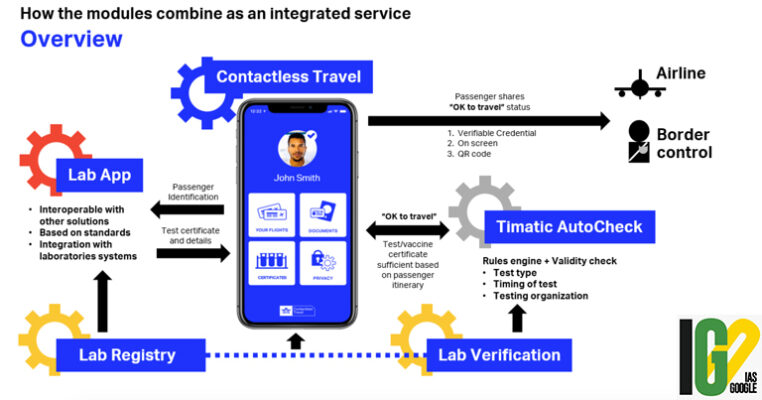

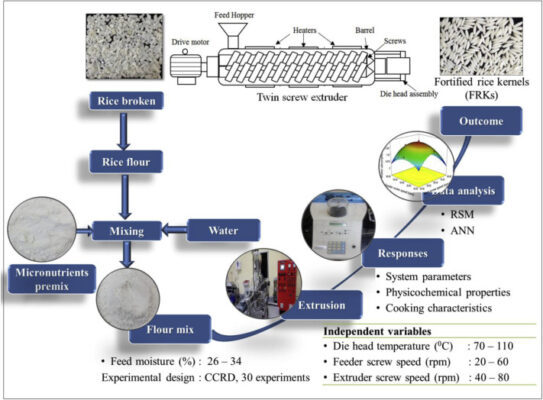

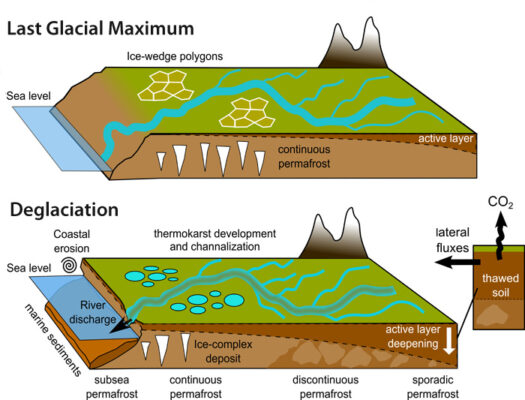
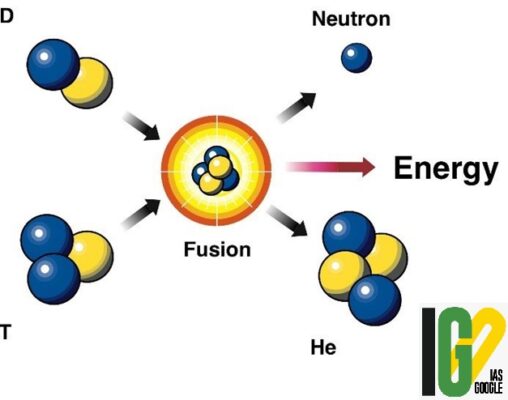

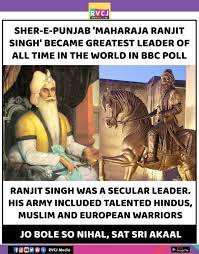

- The Constitution of India does not define the word ‘Minority’ and only refers to ‘Minorities’ and speaks of those ‘based on religion or language’.
- The Constitution provides two sets of rights of minorities which can be placed in ‘common domain’ and ‘separate domain’.
- The rights which fall in the ‘common domain’ are those which are applicable to all the citizens of our country.
- The rights which fall in the ‘separate domain’ are those which are applicable to the minorities only and these are reserved to protect their identity.
- Article 38 (2): obligation of the State ‘to endeavour to eliminate inequalities in status, facilities and opportunities’ amongst individuals and groups of people residing in different areas or engaged in different vocations
- Article 46: obligation of State ‘to promote with special care’ the educational and economic interests of ‘the weaker sections of the people’ (besides Scheduled Castes and Scheduled Tribes)
- The Part IVA of the Constitution, relating to Fundamental Duties as provided in Article 51 A applies in full to all citizens, including those belonging to Minorities.
- Article 51A which is of special relevance for the Minorities stipulates as under:
- Citizens’ duty to promote harmony and the spirit of common brotherhood amongst all the people of India ‘transcending religious, linguistic and regional or sectional diversities; and
- Citizens’ duty to value and preserve the rich heritage of our composite culture
- Article 29(1): right of ‘any section of the citizens’ to ‘conserve’ its ‘distinct language, script or culture’.
- Article 29(2): restriction on denial of admission to any citizen, to any educational institution maintained or aided by the State, ‘on grounds only of religion, race, caste, language or any of them’.
- Article 30(1): Right of all Religious and Linguistic Minorities to establish and administer educational institutions of their choice.
- Article30 (2): freedom of Minority-managed educational institutions from discrimination in the matter of receiving aid from the State.
- Article 347: special provision relating to the language spoken by a section of the population of any State.
- Article 350 A: provision for facilities for instruction in mother-tongue at primary stage.
- Article 350 B: provision for a Special Officer for Linguistic Minorities and his duties; and
- Sikh community’s right of ‘wearing and carrying of kirpans
- The setting up of Minorities Commission was envisaged in the Ministry of Home Affairs Resolution in 1978.
- In 1984 the Minorities Commission was detached from Ministry of Home Affairs and placed under the newly created Ministry of Welfare.
- The first Statutory National Commission was set up on 17th May 1993.
- The NCM Act 1992 provides that the Commission consists of:
- A Chairperson;
- A Vice- Chairperson; and
- Five Members
- The persons are to be nominated by the Central Government from amongst persons of eminence, ability and integrity.
- Each Member holds office for a period of three years from the date of assumption of office.
- Evaluation of the progress of the development of minorities under the Union and States;
- Monitoring of the working of the safeguards for minorities provided in the Constitution and in laws enacted by Parliament and the State Legislatures;
- Making recommendations for the effective implementation of safeguards for the protection of the interests of minorities by the Central Government or the State Governments;
- Looking into specific complaints regarding deprivation of rights and safeguards of minorities and taking up such matters with the appropriate authorities;
- Getting studies to be undertaken into the problems arising out of any discrimination against minorities and recommending measures for their removal; and
- Conducting studies, research and analysis on the issues relating to socio-economic and educational development of minorities

- The travel pass will be a mobile app that will help passengers manages their travel in line with government requirements for Covid-19 tests or vaccines.
- The IATA Travel Pass will also enable authorised labs and test centres to securely send test results or vaccination certificates to passengers.
- It is more secure and efficient than current paper processes used to manage health requirements.
- The information through the IATA Travel Pass can be shared with border authorities requiring testing or proof of vaccination as a condition of international travel.
- It aims to provide governments with the confidence to reopen borders without imposing quarantines on incoming travelers.
- There are several jurisdictions which are insisting on vaccination certificates, Covid19 RT-PCR tests and other health documents as international travel restarts in the aftermath of Covid-19.
- The Digital passports like the IATA travel pass have been developed to provide governments with the means to verify the authenticity of tests or vaccinations.
- It will help airlines with the ability to provide accurate information to their passengers on test requirements and verify that a passenger meets the requirements for travel.
- Governments with the means to verify the authenticity of tests or vaccinations and the identity of those presenting their certificates;
- Airlines with the ability to provide accurate information to their passengers on test requirements and verify that a passenger meets the requirements for travel;
- Laboratories with the means to issue certificates to passengers that will be recognized by governments; and
- Travelers with accurate information on test requirements, where they can get tested or vaccinated, and the means to securely convey the results/certificates to airlines and border authorities.

- The FSSAI defines fortification as deliberately increasing the content of essential micronutrients in a food so as to improve the nutritional quality of food and to provide public health benefit with minimal risk to health.
- The rice fortification is a process of adding micronutrients to regular rice.
- The micronutrients are added keeping in mind dietary requirements.
- The ‘extrusion’ is considered to be the best technology for rice fortification in India which involves the production of fortified rice kernels (FRKs) from a mixture using an extruder machine.
- The fortified rice kernels are then blended with regular rice to produce fortified rice.
- In extrusion technology, dry rice flour is mixed with a premix of micronutrients, and water is added to this mixture.
- The mixture then goes into a twin-screw extruder with heating zones, which produces kernels similar in shape and size to rice.
- These kernels are dried, cooled and packaged for use and the FRK has a shelf life of at least 12 months.
- The shape and size of the fortified rice kernel should resemble the normal milled rice as closely as possible as per guidelines issued by the Ministry of Consumer Affairs, Food and Public Distribution.
- According to the guidelines, the length and breadth of the grain should be 5 mm and 2.2 mm respectively.
- India has very high levels of malnutrition among women and children.
- According to the Food Ministry, every second woman in the country is anaemic and every third child is stunted.
- India ranks 94 out of 107 countries on the Global Hunger Index (GHI), which puts it in the ‘serious hunger’ category.
- Fortification of food is considered to be one of the most suitable methods to combat malnutrition.
- Rice is one of India’s staple foods, consumed by about two-thirds of the population and per capita rice consumption in India is 6.8 kg per month.

- Under the Ministry’s guidelines, 10 g of FRK must be blended with 1 kg of regular rice.
- According to FSSAI norms, 1 kg of fortified rice will contain the following:
- Iron (28 mg-42.5 mg), folic acid (75-125 microgram), and vitamin B-12 (0.75-1.25 microgram); and
- Rice may also be fortified with zinc (10 mg-15 mg), vitamin A (500-750 microgram RE), vitamin B-1 (1 mg-1.5 mg), vitamin B-2 (1.25 mg-1.75 mg), vitamin B-3 (12.5 mg-20 mg) and vitamin B-6 (1.5 mg-2.5 mg) per kg
- Rice is the fifth food item that the government is promoting with fortification with salt, edible oil, milk and wheat being the others.
- Food Fortification is a scientifically proven, cost-effective, scalable and sustainable global intervention that addresses the issue of micronutrient deficiencies.
- In October 2016, FSSAI operationalized the Food Safety and Standards (Fortification of Foods) Regulations, 2016 for fortifying staples namely:
- Wheat Flour and Rice (with Iron, Vitamin B12 and Folic Acid)
- Milk and Edible Oil (with Vitamins A and D)
- Double Fortified Salt (with Iodine and Iron)
- The World Health Organization also recommends fortification of rice with iron, vitamins and folic acid as a public health strategy to improve the iron levels of populations.
- The female cub, named Sparta, was found at the Semyuelyakh River in Russia’s Yakutia region in 2018 and a second lion cub called Boris was found the year before.
- The cubs were found 15 metres apart but are not only from different litters but were also born thousands of years apart.
- The two cubs aged 1-2 months were found by mammoth tusk collectors.

- It is a lion known from remains found in European and English caves and believed to be an extinct variety of the existing lion.
- It is Panthera spelaea, also known as the Eurasian cave lion, European cave lion or steppe lion.
- It is an extinct Panthera species that most likely evolved in Europe after the third Cromerian interglacial stage.
- Felis spelaea was the scientific name used by Georg August Goldfuss in 1810 for a fossil lion skull that was excavated in a cave in southern Germany.
- The carvings and cave paintings of cave lions, which were discovered in the Lascaux and Chauvet Caves in France, were dated to 15,000 to 17,000 years old.
- It is also known from the Löwenmensch figurine found in Vogelherd cave in the Swabian Alb, southwest Germany, which dates to the Aurignacian culture.
- It formed a contiguous population from Europe to Alaska over the Bering land bridge, across the range of the mammoth steppe.
- It was widely distributed from the Iberian Peninsula, Southeast Europe, Great Britain, Central Europe, the East European Plain, and across most of northern Eurasia into Canada and Alaska.

- Permafrost is a permanently frozen layer below Earth’s surface.
- It consists of soil, gravel, and sand, usually bound together by ice.
- It usually remains at or below 0°C (32ºF) for at least two years.
- It is found in areas where temperatures rarely rise above freezing which implies that it is often found in Arctic regions such as Greenland, the U.S. state of Alaska, Russia, China, and Eastern Europe.
- Permafrost covers approximately 22.8 million square kilometers (about 8.8 million square miles) in Earth's Northern Hemisphere.

- It is defined as the combining of several small nuclei into one large nucleus with the subsequent release of huge amounts of energy.
- It is a good choice as the baseload energy in the future with many advantages, such as inexhaustibility of resources, inherent safety, no long-lived radioactive wastes, and almost no CO2 emissions.
- The process releases energy because the total mass of the resulting single nucleus is less than the mass of the two original nuclei.
- It is most easily achieved on Earth by combining two isotopes of hydrogen i.e. deuterium and tritium.
- Hydrogen is the lightest of all the elements, being made up of a single proton and a electron.
- Deuterium has an extra neutron in its nucleus; it can replace one of the hydrogen atoms in H20 to make what is called “heavy water”.
- Tritium has two extra neutrons, and is therefore three times as heavy as hydrogen.
- In a fusion cycle, tritium and deuterium are combined and result in the formation of helium, the next heaviest element in the Periodic Table, and the release of a free neutron.
- It represents a long-term, sustainable, economic and safe energy source for electricity generation.
- The nuclear fusion powers our sun and harnessing this fusion energy could provide an unlimited amount of renewable energy.
- It does not emit carbon dioxide or other greenhouse gases into the atmosphere, and it could play a future climate change mitigating role as a low carbon energy source.
- Fusion fuel is plentiful and easily accessible i.e. deuterium can be extracted inexpensively from seawater, and tritium can be produced from naturally abundant lithium.
- The future fusion reactors will not produce high activity, long lived nuclear waste, and a meltdown at a fusion reactor is practically impossible.
- Fusion does not employ fissile materials like uranium and plutonium and there are no enriched materials in a fusion reactor like ITER that could be exploited to make nuclear weapons.
- The power output of the kind of fusion reactor that is envisaged for the second half of this century will be similar to that of a fission reactor.
- The team used new diagnostics, improved laser precision, and even made changes to the design.
- The scientists applied laser energy on fuel pellets to heat and pressurize them at conditions similar to that at the centre of our Sun which triggered the fusion reactions.
- These reactions released positively charged particles called alpha particles, which in turn heated the surrounding plasma.
- At high temperatures, electrons are ripped from atom’s nuclei and become plasma or an ionised state of matter and plasma is also known as the fourth state of matter.
- The heated plasma also released alpha particles and a self-sustaining reaction called ignition took place.
- Ignition helps amplify the energy output from the nuclear fusion reaction and this could help provide clean energy for the future.

- He was the founder of the Sikh empire who forged a modern empire of toleration.
- He famously owned the Koh-i-Noor diamond, has been voted the greatest leader in world history.
- Ranjit Singh struck a careful balance between his role as a faithful Sikh ruler and his desire to act as friend and protector of his empire’s Muslim and Hindu peoples.
- His prime minister was a Dogra Rajput (a Dogri-speaking member of the Rajput warrior caste or clan group), his finance minister a Brahmin (a member of the high-status Hindu priestly caste), his foreign minister a Muslim.
- Maharaja Ranjit Singh (1780-1839) seized Lahore in 1799 after he was invited to rule the city by its Hindu, Muslim, and Sikh elite.
- Lahore was in a shambles at the time when the dying Mughal Empire was no longer able to extend it patronage and protection.
- Lahore was battered by repeated assaults from bands of Afghan raiders, and weakened by infighting among some Sikh groups.
- Ranjit Singh brought peace and security to Lahore and revived its economic and cultural glory.
- He proclaimed himself maharaja of the Punjab in 1801, and proceeded to rule with religious tolerance for communities other than Sikhs.
- He carried out repairs to the Lahore fort which was built by Emperor Akbar at the site of an older mud-brick structure and was subsequently beautified and expanded by Shah Jahan and Aurangzeb.

- The Maharaja is identified by many with the identity of Punjab as the founder of a mighty empire that sprawled over a large part of northwestern India.
- The people of Pakistan underlined Ranjit Singh’s ‘secular’ values, and recalled his appointment of several Hindu and Muslim ministers.
- He had handed over the famous Sunehri Masjid of Lahore, which had been converted into a Gurdwara by some Sikh militias, back to Muslims, and had funded its renovation.
- The life-size statue was gifted to the Walled City of Lahore Authority (WCLA) by SK Foundation UK.
- Gurdwara Dera Sahib, built on the spot where the fifth Sikh guru Arjan Dev was martyred, and Ranjit Singh’s samadhi, located adjacent to the Lahore Fort, draw a large number of Sikh tourists from across the world.
- The equestrian sculpture had been commissioned to mark the 180th anniversary of the death of one of Lahore’s most famous and significant historical figures.









 Latest News
Latest News
 General Studies
General Studies